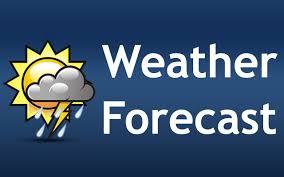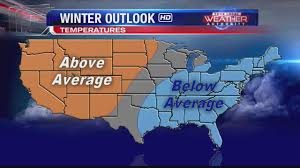
While thousands of employees at the Federal Aviation Administration’s Mike Monroney Center in Oklahoma City have been impacted by the partial shutdown of the federal government, Oklahomans and others across the nation will soon be seeing an effect in terms of weather forecasts. At least those coming from the National Weather Service.
Even local forecasters who rely on data from the National Weather Service will possibly see a change in their accuracy of forecasting for Oklahoma and other states. Those forecasts are followed closely by energy workers in the field, especially oil and gas drilling crews who need to know what kind of weather is approaching. Utility crews rely upon them as well as they make preparations for any advancing winter storm.
The Washington Post reported that forecasters are not getting paid and also that weather models that local forecasters often rely upon for approaching winter storms such as the one that moved into Oklahoma last week are not being maintained, launched or improved. Emergency managers are not being trained and consequently, the effects of the shutdown could grow past when the government reopens.

The National Weather Service is a 24-hour operation with often-grueling shift work. Not getting paid to do that job makes it even more stressful. One manager of a National Weather Service office, who wished to remain anonymous to speak openly, said the lack of empathy from the people in their community — and the government — is like a slap in the face.
“Federal employees care about what they do,” the manager said. “As much as we can repeat in our minds, ‘It will be okay, eventually,’ you can’t tell your body to stop worrying. One employee got two hours of sleep last night after going through all his bills, trying to figure out where to start.”
“We constantly hear, ‘You’ll get paid eventually, right?’ ” the manager said. “Well, we have to pay bills today.”
The National Weather Service is also responsible for the forecast models it uses on a daily basis. From the massive Global Forecast System to the narrowly focused hurricane models, forecasters partner with researchers to improve those systems or bring them back online when they fail.
Suru Saha, a union steward at the Environmental Modeling Center in College Park, Md., said the main impact has been on the National Weather Service’s new global forecast model, which was scheduled to go live in February but will surely be delayed because of the shutdown.





